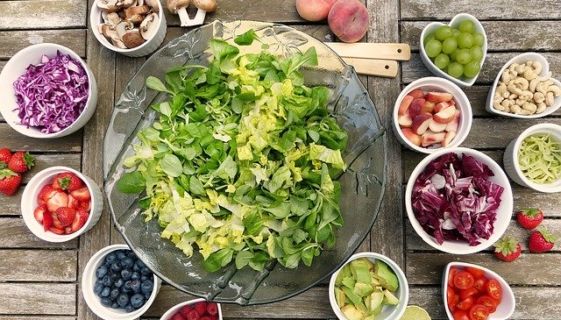When we think about reducing cancer risk and supporting long-term health, meals often get most of the attention. But what we eat between meals matters, too.
Snacking isn’t something to avoid—it’s something to approach with intention.
The right snack can keep your energy up, help you stay focused, and support digestion, blood sugar balance, and even your immune system. In fact, when built with nourishing, whole-food ingredients, snacks can be an important part of an anticancer lifestyle.
At the Anticancer Lifestyle Program, we’re all about helping you make small, sustainable choices that support long-term health. This guide breaks down what makes a satisfying and balanced snack, and offers simple ideas you can pull together in minutes—no fancy ingredients or food rules required.
Let’s dive in!
How to Build a Balanced Snack
The best snacks leave you feeling full, focused, and energized—not weighed down or reaching for more 10 minutes later. That’s why we recommend aiming for at least two of the following components when putting together a snack: protein, fiber, and healthy fats.
These nutrients work together to stabilize blood sugar, support digestion, and help you feel satisfied. They also provide essential building blocks to support your body’s natural defense systems—including immune function and cellular repair, both important aspects of an anticancer lifestyle.
Protein
Protein helps maintain muscle mass, supports immune function, and promotes satiety. Choosing protein-rich foods during snack time can also help keep cravings in check.
Examples:
-
Hummus
-
Nut butters (almond, peanut, cashew)
-
Edamame
-
Greek yogurt
-
Cottage cheese
-
Hard-boiled eggs
-
Tuna salad
-
Refried beans
-
Crispy roasted chickpeas
Fiber
Fiber feeds the beneficial bacteria in your gut, supports regular digestion, and may play a role in reducing inflammation. It’s also great for helping you feel full and satisfied between meals.
Examples:
-
Carrot sticks
-
Bell peppers
-
Cucumber slices
-
Celery
-
Cherry tomatoes
-
Berries
-
Apple slices
-
Citrus fruits
Healthy Fats
Healthy fats do more than keep you full—they support brain health, help your body absorb fat-soluble vitamins, and can contribute to a more anti-inflammatory diet overall.
Examples:
-
Nuts and seeds
-
Avocado
-
Full-fat plain yogurt
-
Cheese
-
Olive oil (drizzled or used as a dip)
Easy Snack Combos to Try
Snacking doesn’t need to be complicated. Here are a few quick, nourishing combinations that include at least two of the key components mentioned above. Each one is satisfying, easy to prep, and aligned with the Anticancer Lifestyle Program’s approach to balanced eating:
-
Hummus + Crunchy Veggies
Full of fiber and plant-based protein—perfect for dipping on the go. -
Nut Butter + Apple Slices
A sweet and savory favorite that offers fiber, healthy fats, and staying power. -
Hard-Boiled Eggs + Berries
A protein-rich pairing with a pop of natural sweetness and antioxidants. -
Cottage Cheese + Sliced Bell Peppers
Creamy and crunchy, this snack is high in protein and fiber-rich. -
Avocado Tuna Salad + Cucumber Rounds
A satisfying combo with healthy fats, protein, and hydration. -
Crispy Roasted Chickpeas + Baby Carrots
Crunchy, filling, and full of fiber and protein from plants. -
Trail Mix (Nuts + Dried Fruit)
Easy to portion out ahead of time—just watch for added sugars or salt. -
Greek Yogurt + Blueberries
Creamy, tangy + sweet, and packed with gut-friendly probiotics and antioxidants.
Visual Guide: Healthy Snacking at a Glance
Sometimes it helps to see it all in one place. Our Healthy Snacking Made Easy infographic (below and available to download here) is a great visual reference to keep handy—whether you’re meal planning, packing snacks for the day, or looking for inspiration when hunger strikes.
⭐️ Download the Healthy Snacking guide
Explore More
Looking for more simple, nourishing ideas to support your health? Check out our free Diet and Nutrition eBooks, explore our Diet module of our free Online Course, or try our Diet Kickstart to take the next step.






